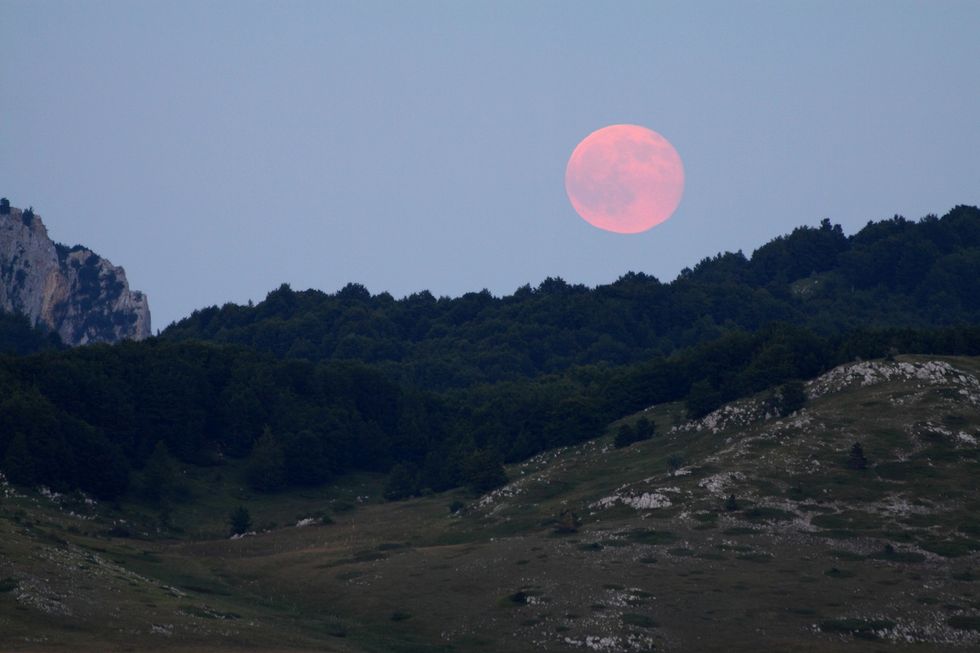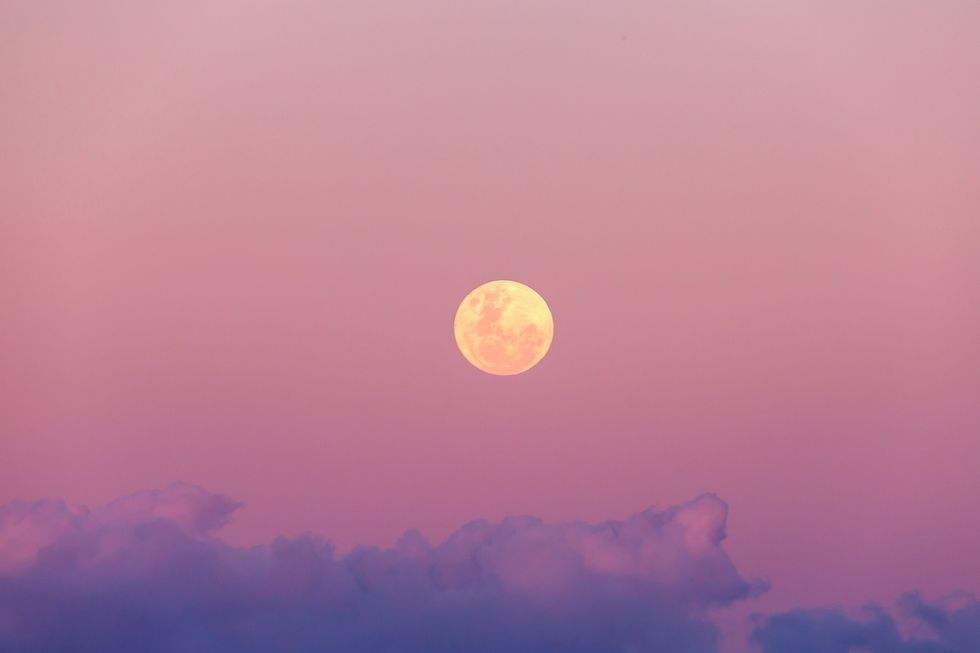WATCH: Nasa astronauts Suni Williams and Butchwilmore splashdown back on Earth after nine months stranded in space
GB News
The good news is that you won't need any special equipment to see the spectacular display
Don't Miss
Most Read
Trending on GB News
Stargazers across the UK are in for a celestial treat this weekend as a rare "pink micromoon" is set to grace our night skies.
The first full moon of spring will rise on Saturday evening, appearing alongside one of the brightest stars in the night sky.
This special lunar event marks the smallest full moon of 2025, occurring when our lunar companion reaches its farthest point from Earth.
Experts say the spectacular pairing of the micromoon with the brilliant blue-white star Spica will create a dazzling display that will be hard to miss.

You'll be able to see the space phenomenon without the use of special equipment
Getty
The micromoon phenomenon occurs when the full moon coincides with the moon being at its farthest point from Earth, known as apogee. Saturday's full moon will reach peak illumination at 1.22 am on April 13, though it will be visible throughout the night, rising at 7.39pm on Saturday evening.
Despite its name, the "Pink Moon" won't actually appear pink in colour. The name derives from the pink wildflowers called Phlox subulata, also known as moss phlox or moss pink, which bloom across North America during early spring.
This micromoon will appear approximately 14 per cent smaller and 30 per cent dimmer than a supermoon.
Above and to the left of the Pink Moon will be Spica, a brilliant blue-white star that lies in the constellation Virgo.
LATEST DEVELOPMENTS

A pink moon rising over Australia
Getty
Spica is the 16th brightest star in the entire night sky, emitting approximately 20,500 times more light than our Sun. The pairing of this dazzling star with the micromoon will create a striking visual display in the southeastern sky.
For viewers in Central and South America, and parts of southern Africa, there's an additional treat as the moon will briefly cover Spica in an event called an occultation. The timing of this occultation varies by location.
The best way to view the micromoon is to find an elevated area away from light pollution with an unobstructed view of the eastern horizon.
If you miss Saturday's moonrise, don't worry - the moon will still appear full on Friday and Sunday night. Weather conditions will play a crucial role in visibility, so stargazers should hope for clear skies.
The micromoon is the opposite of a supermoon, occurring because of the moon's elliptical orbit around Earth.
When at apogee, the moon will be approximately 251,000 miles away from Earth, making it appear smaller than usual.
The Pink Moon rises ahead of the Lyrid meteor shower, which will be visible from April 16 until later in the month.
This gives astronomy enthusiasts multiple celestial events to look forward to in the coming weeks.
The moon's cycle lasts for 29.5 days, going through eight distinct phases during that time.








